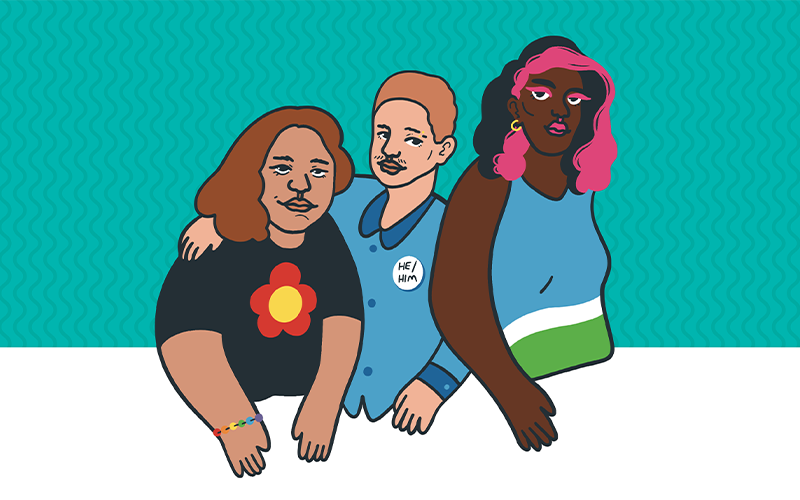Search
Research
Skin health situational analysis to inform skin disease control programs for the KimberleyThe aim of this project is to conduct a situational analysis of the skin health services and activities currently available for managing skin infections within the Kimberley.
Research
START: Towards a diagnostic test for rheumatic feverIn this study we will use new methods to comprehensively test immune responses in blood samples from people with ARF (diagnosed using the Jones Criteria) and healthy volunteers at Royal Darwin and from Auckland Hospital, New Zealand, to find any unique signature that reliably identifies ARF.
Research
Stigma and mental health in teenagers who are attracted to the same genderYael Perry BPsych (Hons) MPsych (Clin) PhD Head, Youth Mental Health 08 6319 1298 yael.perry@thekids.org.au Head, Youth Mental Health @yaelperry she/

Research
Suicide prevention in LGBTQA+ young people: Best practice guidelines for clinical and community service providersThese guidelines outline a set of best practices for suicide prevention in LGBTQA+ young people, targeting both clinical and community service providers.
Research
Systems biology of mitochondrial diseasesInvestigators: Professor Aleksandra Filipovska, Dr Stefan Siira Project description This project will focus on new and cutting-edge development of
Research
The Adult Migrant English Program (AMEP) Impact Evaluation ProjectThis project evaluates the effectiveness of the Adult Migrant English Program (AMEP). To date, we have produced five research reports submitted to the Australian Government Department of Home Affairs.
Research
The Cardiovascular Risk Evaluation in Expectant Fathers (CARE-Dads) StudySusan Prescott MBBS BMedSci PhD FRACP Honorary Research Fellow susan.prescott@thekids.org.au Honorary Research Fellow Susan Prescott is a Professor
Research
The Child Mortality Research ProgramBrad Carrington Fiona Farrant Shepherd Stanley BSc (Hons), PhD PhD FAA FASSA MSc MD FFPHM FAFPHM FRACP FRANZCOG HonDSc HonDUniv HonFRACGP HonMD
Research
The Early Years PartnershipThe Early Years Partnership is a 10-year (2018-2028) partnership between the WA State Government (Departments of Communities, Health, and Education), Minderoo Foundation and The Kids Research Institute Australia as the evidence and evaluation partner.
